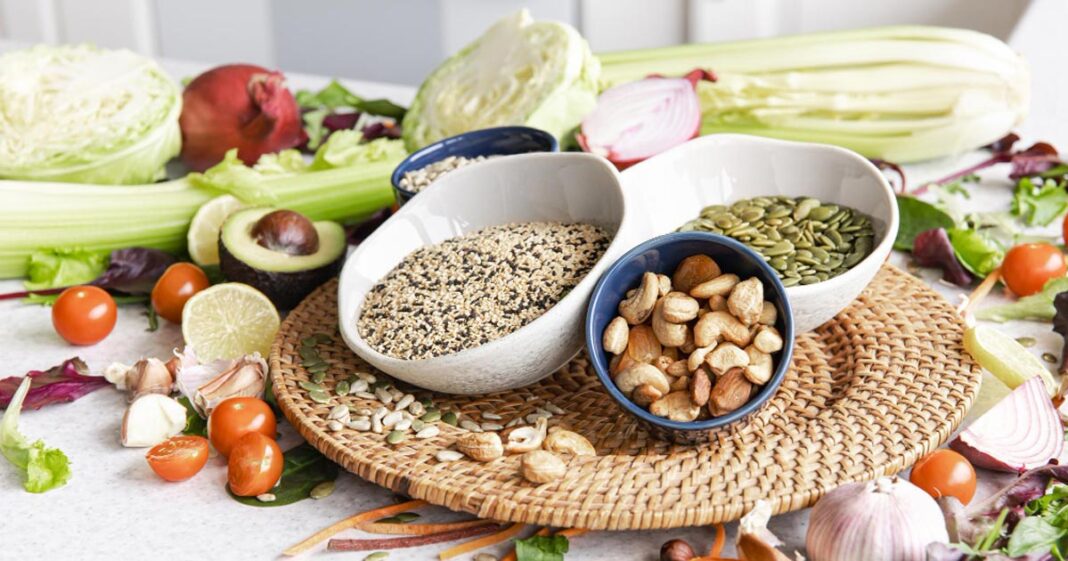
In a world where fast food and processed meals often come cheaper than fresh fruits and vegetables, eating healthy on a budget may seem like a daunting task. However, with the right strategies and knowledge, it is possible to maintain a nutritious diet without burning a hole in your pocket. In India, where diverse food options are available, many people have successfully transitioned to healthier diets while keeping their expenses under control.
The Myth: Healthy Eating is Expensive
One of the biggest misconceptions is that eating healthy always costs more. The reality is that many affordable yet nutritious foods exist, especially in India. Staples such as lentils, whole grains, seasonal vegetables, and locally sourced dairy products provide essential nutrients without the premium price tag of packaged health foods.
Smart Strategies for Healthy Eating on a Budget
- Plan Your Meals and Shop Smartly
Meal planning is a simple yet effective way to cut down costs. When you prepare a shopping list in advance, you avoid impulse purchases and focus on essentials. Buying in bulk, especially grains and pulses, reduces costs significantly. Opting for local markets instead of supermarkets can also save money as fresh produce is often cheaper when bought directly from farmers.
- Embrace Seasonal and Local Produce
Eating seasonal fruits and vegetables is not just budget-friendly but also ensures you get the best nutrients. For example, during winters in India, carrots, spinach, and mustard greens (sarson ka saag) are abundant and affordable. Similarly, mangoes, melons, and cucumbers are perfect for summer.
- Cook at Home and Avoid Processed Foods
Home-cooked meals are always healthier and more economical than restaurant or packaged meals. Traditional Indian dishes like dal-rice, roti-sabzi, and khichdi are not only nutritious but also cost-effective. Instead of spending on expensive protein supplements, foods like paneer, eggs, and soya chunks offer high-quality protein at a fraction of the cost.
- Reduce Food Waste
Indians traditionally use every part of an ingredient. For example, vegetable peels can be used in stocks, leftover rice can be turned into fried rice, and chapatis can be repurposed into poha. Minimizing waste ensures you maximize your grocery budget.
- Look for Community Initiatives and Government Schemes
Several Indian government programs and NGOs promote affordable nutrition. The Public Distribution System (PDS) provides essential grains at subsidized rates, and the Midday Meal Scheme ensures children receive nutritious meals at schools.
Real-Life Inspiration: An Indian Success Story
One inspiring story is that of Dr. Khadar Valli, an Indian scientist and health activist known as the “Millet Man of India.” He has promoted the consumption of affordable and highly nutritious millets such as ragi, bajra, and jowar. By educating communities about the health benefits of these traditional grains, he has helped many people transition to a healthier diet without extra spending. His contributions to sustainable eating habits have been recognized with various awards, including the “Padma Shri” in 2023.
Another example is Mumbai’s food enthusiast, Neelam Jain, who transformed her family’s eating habits on a budget. She replaced expensive packaged snacks with homemade alternatives like roasted chana, murmura, and laddoos made from jaggery and peanuts. Her journey was featured in The Hindu, highlighting how urban families can eat healthily without overspending.
Affordable Superfoods in India
- Lentils (Dal): A great source of protein and fiber, available in every Indian household.
- Millets (Ragi, Bajra, Jowar): These grains are cost-effective and packed with nutrients.
- Bananas: One of the cheapest and most nutritious fruits, rich in potassium and fiber.
- Peanuts: A budget-friendly source of protein and healthy fats.
- Coconut: Used in multiple forms—oil, water, and flesh—it is both economical and nutritious.
- Eggs: A protein powerhouse at an affordable price.
Conclusion
Eating healthy without breaking the bank is not just a dream—it is entirely possible with mindful choices and smart planning. India offers an abundance of nutritious, locally available, and cost-effective foods that can help you stay fit while keeping your expenses low. By incorporating traditional dietary wisdom, avoiding food wastage, and embracing seasonal produce, anyone can achieve a balanced and economical diet.
With inspiring figures like Dr. Khadar Valli and practical examples from everyday people, it’s clear that healthy eating isn’t about how much money you spend but how wisely you choose your food. The key lies in making conscious, informed choices that nourish both your body and your wallet.





